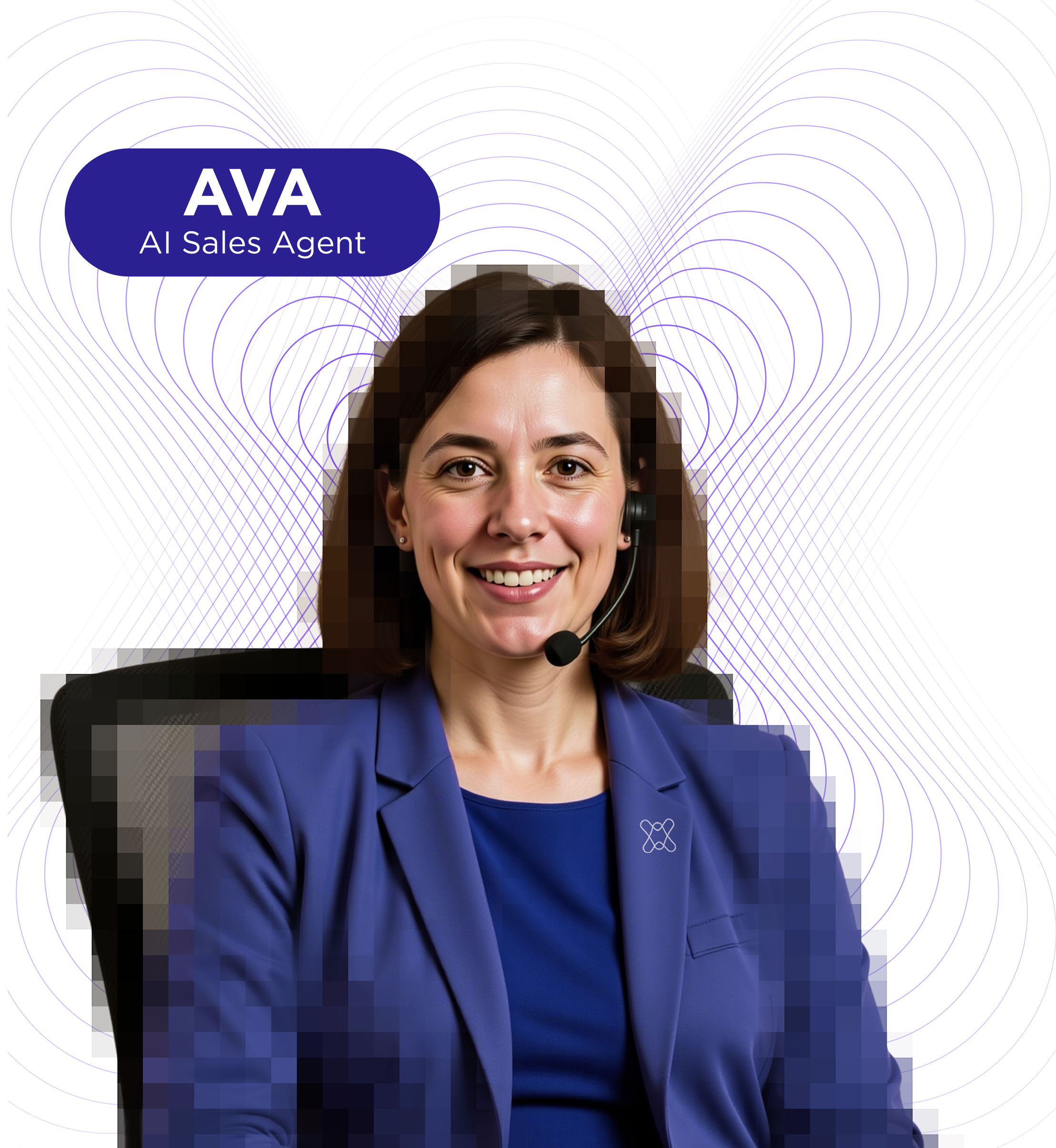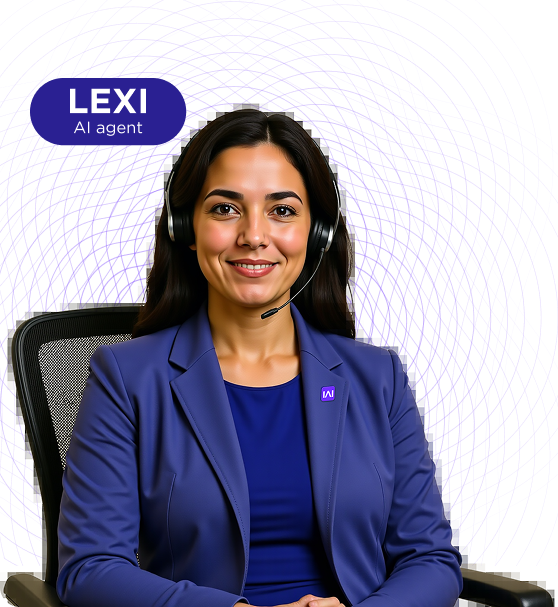There Is No Moat: AI and the End of Competitive Advantage
March 6, 2025
Let’s talk AI Advantage.
Has Your Competitive Advantage Already Evaporated?
MBA playbooks preach “build a sustainable moat.” 2020s AI incinerates those moats almost overnight:
| Outdated Edge | Why It Dies at AI Speed |
|---|---|
| Scale | AI agents give startups Fortune-500 capacity. |
| Intellectual property | Open-weight models replicate inventions in weeks. |
| Proprietary code | Code-gen rewrites systems daily. |
| Top talent | AI outperforms A-players at 1/100 the cost. |
| First-mover | Breakthroughs now drop weekly, not yearly. |
A 2024 BCG C-suite survey found 64 % of execs expect AI to “substantially reshape” their industry within five years, yet only 14 % have a plan.
AI Compresses Innovation Cycles to Days
-
Electricity → ~100 years to diffuse
-
Cloud & mobile → decades
-
Generative AI → weeks
Chinese model DeepSeek R1 matched GPT-4-class benchmarks at one-tenth the cost, proving capital is no longer a barrier. https://huggingface.co/deepseek-ai
New Moat #1 – Data Dominance
AI learns from context. Firms that vectorise chat logs, PDFs, and sensor feeds create an AI advantage rivals can’t clone.
Klarna axed multiple SaaS suites and replaced them with in-house AI agents trained on proprietary data—cutting cost while boosting CSAT (Klarna Investor Update, 2024).
New Moat #2 – AI-Enhanced Engagement
Future CX = human empathy plus machine precision:
-
Offers, prices, and content adapt in session
-
Support reps get real-time coaching from copilot agents
-
Marketing assets rewrite themselves per click
New Moat #3 – The AI Operating System (AI OS)
Most companies use AI; a few are built on it. An AI OS is an AI-agent layer that:
-
Automates cognitive labour (coding, analysis, compliance)
-
Augments decisions with data-rich, unbiased insights
-
Self-upgrades continuously—no more IT refresh cycles
Curious? Dive deeper into our AI Operating System guide.
BONUS – Governance & Trust as an AI Advantage 🌐
Regulators are racing to catch up. Companies that bake explainability, audit trails and consent capture into every model will win enterprise and public-sector contracts others can’t touch. Make compliance a product, not paperwork.
From AI Adoption to AI-First Execution
-
Inventory expiring moats—assume they’re gone within 24 months.
-
Audit data assets—prioritise proprietary, high-signal sources.
-
Launch a pilot AI agent—prove ROI on one workflow in six weeks.
-
Architect your AI OS—vector DB, orchestration layer, guardrails.
-
Ship weekly—models are code; deploy, test, retrain.
FAQ
What if everyone uses the same foundation models?
The edge is private context and execution velocity, not the base model.
What’s the timeline for an AI OS rollout?
Pilot in 4–6 weeks; core replacement in 6–12 months for most mid-market firms.
Does an AI-first approach only work for big enterprises?
No. Cloud model hubs and pay-as-you-go GPUs let startups deploy AI agents for a few hundred £/month. The constraint is data quality, not company size.
How much does it cost to run AI agents in production?
Typical entry point is £2–3 K per month for one live agent; costs scale with usage, not headcount.
How do we measure ROI on an AI-first strategy?
Track unit cost per transaction, cycle-time reduction and revenue uplift from personalisation.
What about legal and ethical risks?
Embed explainability, consent logging and PII filters at the orchestration layer; follow NIST AI RMF & ISO-42001.
Can AI agents replace human creativity?
They amplify it—AI drafts at lightning speed; humans supply taste and judgment.
How does a no-moat AI landscape affect fundraising or valuation?
Investors are shifting from story-based multiples to proof-of-execution metrics. In a world of no-moat AI, capital now rewards companies that can demonstrate AI competitive advantage through proprietary data pipelines, faster model iteration and clear pathways to monetise an AI operating system internally. Slides about “potential” won’t cut it; live dashboards will.
What first steps to create an AI-first strategy that still delivers an AI advantage?
Start by inventorying data assets, then launch one production AI agent tied to revenue or cost. Feed its outcomes back into product or pricing loops. This closed feedback system turns a pilot into a flywheel, laying the foundation for a scalable AI operating system and a defensible AI competitive advantage, even as traditional moats disappear.
The Only Advantage Left Is Relentless AI-Driven Execution
Basic AI tools will soon be like spell-check—table stakes. Winners execute faster and smarter with an AI-first strategy. Ready to build yours? See how to start today.
Further reading: McKinsey – Economic Potential of Generative AI




